Many leaders struggle to present themselves as authoritative figures without undermining and frustrating the people who report to them. They might make demands without respect for workloads, instinctually criticize rather than analyze, and double down on mistakes to avoid admission of error. These actions only make employees angry and intimidated, not satisfied and eager to do good work. As a leader, you can support a thriving company culture by learning how to balance authority with empathy.
Be an Active Listener and Learner
Leaders often feel pressure to have all the answers, but true strength lies in seeking input and listening actively. Show your team that their ideas and concerns matter. Ask open-ended questions and absorb what they share without interrupting.
When you listen, you’re not just collecting information—you’re demonstrating respect. Empathy starts with understanding, and understanding begins with active listening.
Be a learner too. Admit when you don’t know something and show curiosity. This humility fosters a shared sense of growth within the team.
Communicate Clearly
Clarity makes your authority effective, and empathy ensures it’s well-received. Explain your expectations, decisions, and reasoning in straightforward terms. Avoid leaving team members guessing—it leads to confusion and frustration.
Empathetic communication also means considering how employees might perceive your words. Choose a tone that is firm but kind, and make space for follow-up questions. Clear communication builds alignment and trust without compromising your authority.
Know Your Boundaries
Empathy doesn’t mean giving in to every demand. To lead with authority, you need to know where to draw the line. Set firm but fair boundaries that support both the team’s goals and its well-being.
Boundaries ensure consistency and create a safe structure for your team to operate within. At the same time, approach these limitations with understanding. Acknowledge the challenges your team faces, but stand by your decisions when necessary.
Model What You Want
Your behavior signals what matters most. Want your team to respect deadlines, collaborate, or prioritize well-being? Show them. Consistent, authentic modeling of the best leadership style for you creates a ripple effect throughout the workplace. Acting with both authority and empathy inspires others to follow suit. Lead by example, and your actions will carry more weight than any directive.
Be Wrong
Ownership of mistakes strengthens your authority, not weaken it. When you mess up, own it and apologize. Demonstrating vulnerability humanizes you and earns your team’s respect. A leader who admits fault sends a powerful message of accountability and growth. It’s a great way to remind your team that perfection isn’t necessary—progress is.
Balancing authority with empathy as a leader doesn’t happen overnight, but small, intentional actions create lasting impact. When you commit to listening, communicating, and leading by example, your leadership presence becomes stronger and more authentic.
- How do you feel about your current approach to leadership? Is it inspiring or angering your team?
- In what ways could you improve your listening skills?
- What boundaries are you unwilling to let employees cross, and how can you establish these?
- Think about your worst professional mistake. If you admitted your fault, what was the outcome? If you didn’t admit fault due to pride, what was the outcome, and how would humility possibly have changed the outcome?
- What are the most important qualities you want in team members, and how can you model these?


